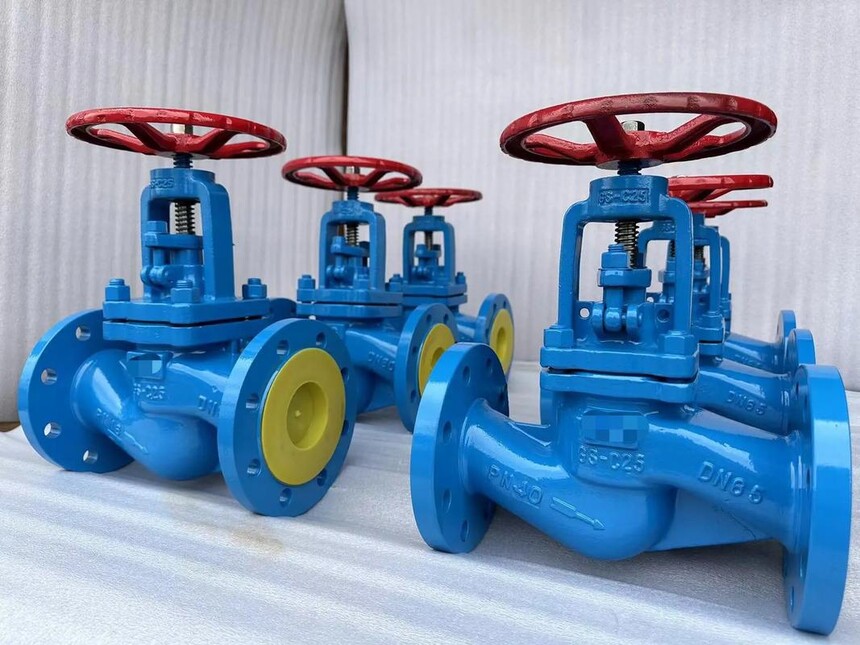|
Special Valves for LNG Carriers: Sealing Challenges and Solutions under Low-temperature ConditionsLiquefied Natural Gas (LNG) carriers operate in one of the most demanding environments in maritime engineering. These vessels transport cryogenic LNG at temperatures as low as -162°C (-260°F), requiring specialized valves designed to withstand extreme cold while maintaining airtight seals. A single sealing failure can lead to catastrophic consequences, including cargo loss, environmental damage, or even explosions. This article explores the unique sealing challenges faced by LNG carrier valves and the innovative solutions engineered to ensure safety and efficiency in low-temperature conditions.
1. The Critical Role of Valves in LNG CarriersLNG carriers rely on a complex network of valves to regulate the flow of cryogenic liquid, manage boil-off gas, and isolate cargo tanks during loading, transit, and unloading. Key valve types include:
These valves must operate flawlessly at -162°C, where traditional materials and designs fail due to thermal contraction, embrittlement, and differential expansion between components. 2. Key Sealing Challenges in Low-Temperature EnvironmentsA. Material Degradation and Thermal Contraction
B. Differential Thermal Expansion
C. Ice Formation and Moisture Ingress
D. Fatigue from Thermal Cycling
3. Advanced Valve Designs for LNG ApplicationsA. Cryogenic Ball Valves with Extended Bonnets
B. Bellows-Sealed Globe Valves
C. Emergency Shutdown Valves (ESDVs) with Fire-Safe Designs
4. Maintenance and Testing StrategiesA. Low-Temperature Cycle Testing
B. Predictive Maintenance with IoT
5. Future Innovations: Smart Valves and Additive Manufacturing
ConclusionThe sealing challenges in LNG carrier valves demand a multi-faceted approach combining advanced materials, precision engineering, and rigorous testing. As the global demand for LNG grows, valve manufacturers must continue innovating to meet the industry’s evolving safety and efficiency standards. By addressing thermal contraction, moisture ingress, and fatigue through cutting-edge designs, the maritime sector can ensure reliable LNG transport while minimizing environmental risks.. |

